A Thousand Stories
Our Feedback and Results
Quotes and Stories:
Banner Image: Book Cafe by Janet Trye
Context: From a woman who attended art therapy for stroke programme
M is a Polynesian woman who slipped through the system somehow. She was discharged from hospital after being treated for stroke affect and went home. There was no follow up from anyone. She was a mother of 3, the eldest being 10. She was emotionally distraught and severely depressed and couldn’t cope. Her husband couldn’t cope either – he abandoned her and the family. Her 10 year old daughter become the caregiver for the family and for M.
M withdrew further and further into herself, was unable to make any kind of social contact outside the family. After a period she withdrew even further – to her bedroom where she spent the great majority of her time. She did not leave the house for nearly 7 years. As her daughter matured she realised that her mother needed help and contacted the Stroke Foundation who then referred her to come to an art therapy programme held at Māpura Studios.
After attending the art therapy and coming to a follow up transitional programme, M was able to face the world again. She is now working in the Polynesian community amongst others in need.
(The 2 following quotes are hers).

Image: Hands by Hineraukatauri Mohi
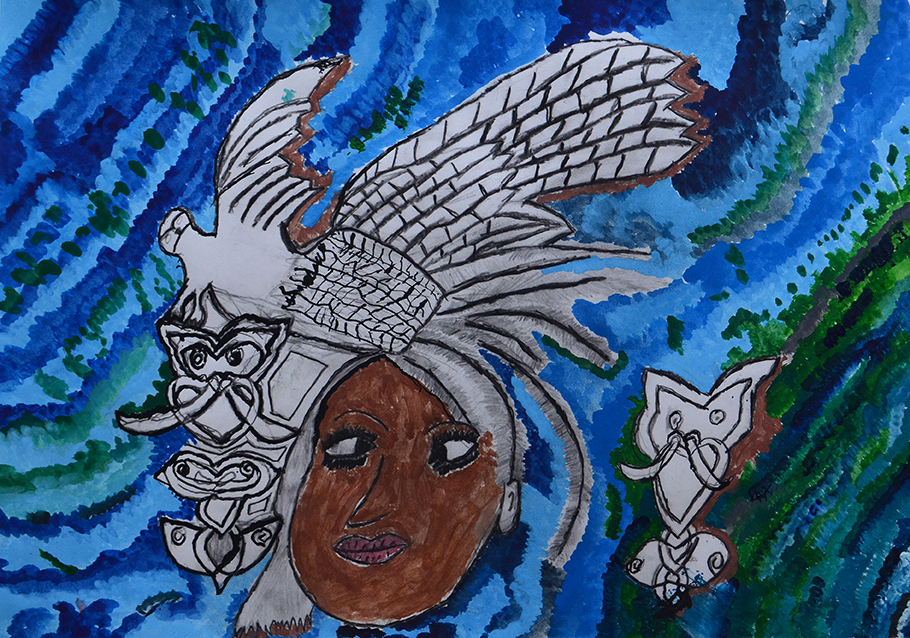
Image: Tiki & Paua by Ela Tukuhaukava
“I used to be a different colour
Now I am green and that is confidence
I watch the garden grow and it reminds me of confidence and it reminds me of here (Māpura).
Here (Māpura) I ‘wake up’
I was in a closet before and in the dark
Here (Māpura) it’s like I have opened the curtains.”
“This picture is a dark negative spiral.
It was a cycle I couldn’t break
I can see the positive now and that is coming here
My kids can see the change… From day one
When I had stroke I used to sit there demanding
Now I am at their level…. Relating and connecting
I can connect with them because I came here
I love to sit in group absorbing it all and thinking
Then I make art about me”

Image: Flourescent Flora by Gemma Reilly

Image: Untitled by Colin Harris
Context: From a young man with mental health issues recently released from prison
“I come to four classes at Māpura Studios. Studio Practice on Wednesday mornings, Becoming an Artist on Tuesday morning, Cartooning on Wednesday afternoon, and sometimes Creative Music on Wednesday afternoons, but I often have appointments and have to miss that class.
I don’t have much to do outside of art, so it’s a real place to go, a direction.
Good for my mental health, therapy.
If I don’t do art I feel like I’ve got a bit too much time on my hands.
I think it shouldn’t be so hard to get funding for something that is such a good cause and helps so many people, and I see that.
It’s a really positive place to be…some art places can be a bit rough. This feels like a safe place. There’s empathy here. I used to be really shy but coming here is changing that.”
Context: From a man with epilepsy, autism, brain injury and visually impaired
“I’ve been coming to Māpura Studios for 14 years. It’s excellent. It’s beyond excellent. I come to two classes a week, ‘Becoming an Artist’ and ‘Studio Practice’. I’ve learnt how to paint and draw, I’ve learnt a lot, I learnt everything in the first few years and now I want to keep doing similar paintings, keep going with what I’m doing, and to be a more successful artist – for people to know what I do.
Coming to Māpura has helped me a lot personally. I was first introduced to art at the age of 7. Ever since then I’ve developed my art through school and beyond that. If Māpura wasn’t here I would hate it. It would make me sad. I’d miss everything about coming here. I enjoy being part of the Māpura community.”

Image: 3 2 5 by Russell Julian

Image: Welcome to the King Country by Trevor Bull
Context: From a man with epilepsy, stroke impaired, hydrocephalus
“I feel coming to Māpura has benefitted me personally. It’s benefitted me in the way that I want to learn new things. I have learnt different art methods.
Because I’m not allowed to work this is good therapy.
I came here from Taumaranui in 2011 because my Mother died and I can’t live on my own so I live with my sister. I have a history of epilepsy, hydrocephalus, and I have a shunt in my head to drain the fluid from a cranial mass. I’ve had three strokes.
It affects my short term memory, balance, patience! In some situations, I feel pressured. I suffer with claustrophobia from a bad experience being locked in a shed by another child when I was young. If I need to get out I just excuse myself and go outside, go for a walk. It’s very hard for me to read and write. But I’ve got a lot of my skills back through various types of rehabilitation and therapy.
Coming to Māpura is good fun, good to meet other people with similar stories, good to touch base with other people with similar stories, learning what their interests are, and what we have in common. Connecting is a big thing. I enjoy the classes. I want to continue with my art and music.”
Context: From the mother of a teenage girl with Aspergers
“My daughter is a part of the art class held on Thursday afternoons. She has been attending the class for two terms. I am so thankful to you all for doing such a wonderful job for Aspergers children like her. She thoroughly enjoys the class and looks forward to it. She talks about her experiences in the class of what she made and also discusses with me what she will be doing in the next class.
Art therapy has relaxed her mind and made her a confident girl. She talks about the teachers team there and also tells me about the discussions which you have at the end of the session. She also looks forward to the end of term exhibition and we too as parents are very excited about it. We too are very proud of her art work.
Arts therapy is an utmost important and wonderful thing for the children as it relaxes them mentally and provides them with hands on experience. It has really benefitted my special needs child tremendously. It has enhanced her communication skills as well as her interest in art. She has fun exploring the paints and materials she uses to create different art pieces. As a parent I will always encourage her art skills as she herself is showing so much interest and looks forward to it after a hectic day at school.
I would like to thank the team at Māpura for helping these children through art to explore their abilities and give a boost to their confidence.”
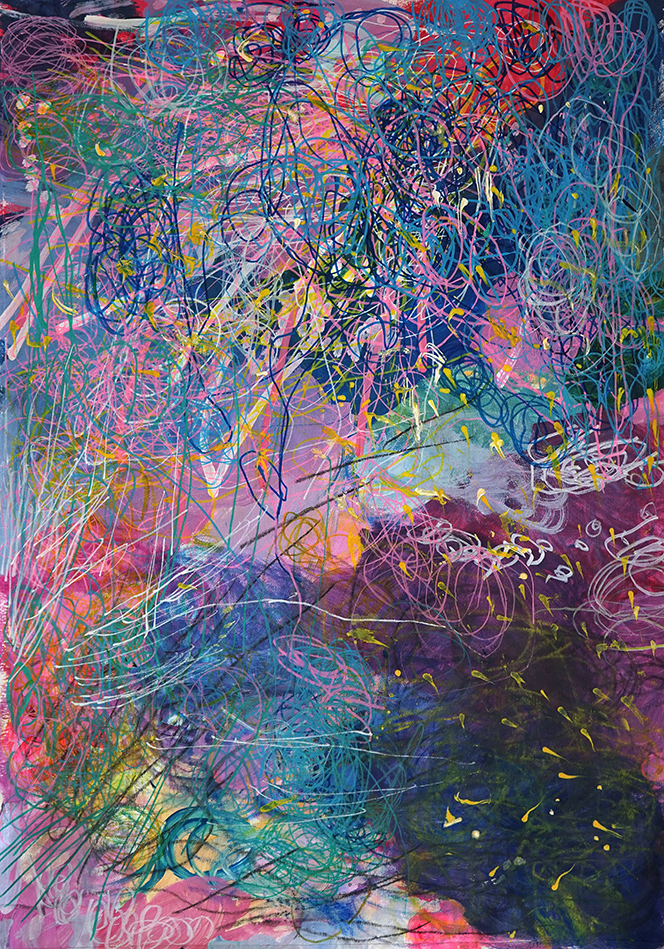
Image: Hope by Halina Janiszewska

Image: Puppet by Participant in Papakura
Youth Art Therapy Group
Context: From the mother of a young boy with ASD
“Imagine an environment that is inclusive, where your creative ideas are encouraged and celebrated. Where your difference is seen as an advantage to the world and you feel that you fit in, a place where you are treasured. A place that believes in you, in your talents as an artist. That special place is a creative haven, it is Māpura Studios.
My son has been fortunate enough to attend weekly art classes. He initially attended the “art on the spectrum programme” which concentrated upon art being a medium for therapy in a shared collaborative way. This was completely out of his comfort zone, sharing , respecting and encouraging others pieces of art making was challenging. He, with the support of the fine tutors was able to grow so much every week in social skills, self-esteem, and creative development.
By the end of the programme the exhibition they put on just blew our minds, a screening of a film that they had produced as a group. B had been encouraged to write the script, I had personally been challenged to allow him to submit the script without pressuring him into writing more and I felt he hadn’t shown his true potential in his writing. Only for him to tell me that I really didn’t understand that the children in the group were only really ready for the quantity of lines and plot development that he had scripted for them. On checking this out on the screening day I truly realised that he had a maturity of understanding their needs and an empathy for the fact that many of the super-heroes in the play were quite intent on quite a lot of physical action and that the arts therapist had been working on personal boundaries and space.
WOW he gained that from observing, being guided, being in a space that he felt safe enough to make informed, calculated, reflective decisions. He now makes movies and puts on plays at home with his sister and his friends.
The group created a huge structure as collaborative project, they had box after box joined together to make one very large house with individual rooms within, when I saw the children all sharing space and ideas within this intense space and asking each other questions, I was blown away to even think that these children had autism. Just look what can be achieved when we aim high, have no prejudice to what our children can and can’t manage and just scaffold and support with capable facilitators.
B now attends the open art class where the children can plan and choose their own projects. This has lead to a number of sculptures and a development of pencil line drawings. This creative outlet has been remarkable. B tells me that when he is at art group he doesn’t think about anything from the day, any struggles or stresses, he is just ‘lost in his art.’
He now has confidence in himself and his abilities and he draws at home every day. He never wants to do writing at home (and we home school so this can be challenging!) but he is extremely content to write if labelling a drawing. His drawings are now a springboard to creating characters and encouraging huge verbal discussions that I can scribe for him. Last year B even had one of his cartoons published in a seed catalogue.
None of this confidence had been achieved before he attended the group, he had been a constant drawer at pre-school but school had pretty much managed to suppress his passions. You can imagine how delighted I was to have not only his creativity awakened but also his self-esteem restored.
The arts therapist is always pleased to see the children, she delights in their ideas and encourages them to reach inside themselves and explored their true creativity. Māpura Studios is a unique place, inclusive, accepting, secure, encouraging and vibrant. It’s a place where everyone has the capacity to grow and blossom.”
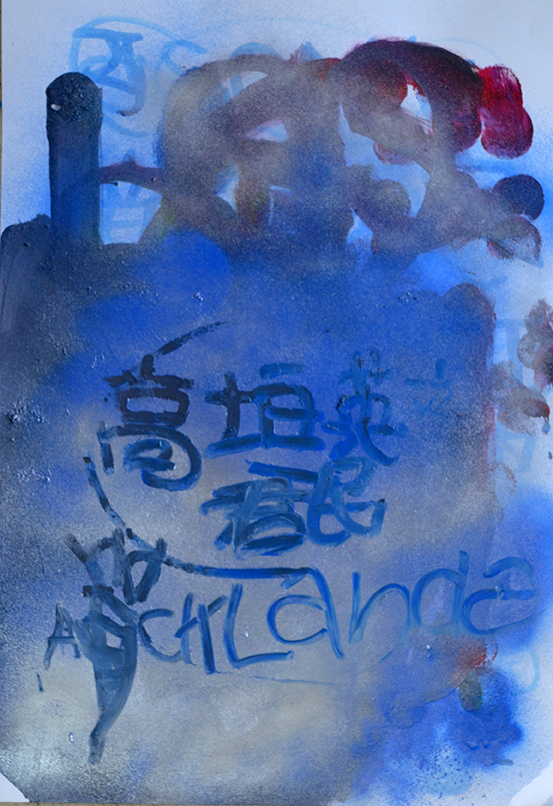
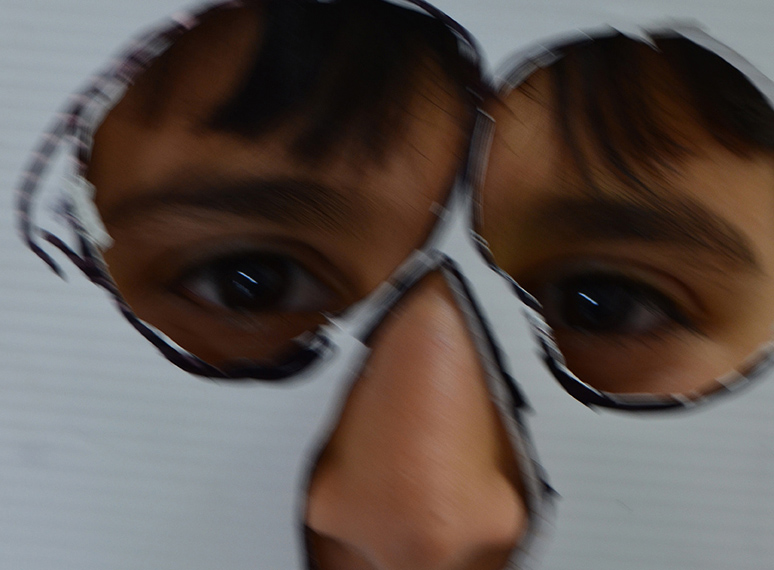
Images Above: from Kids Creative Therapy Group

Image: Back of the Library at the Leys Institute by Allyson Hamblett
Context: From a young woman with cerebral palsy
“My name is H and I’ve been coming to Māpura since I was in transition from school.
I’m now 27 years old.
Māpura is one of the highlights of my week.
It is one of the very few places in my life where it is safe to take risks and try new things, because there is no such thing as failure or mistake.
I can make choices for myself and self-advocate, knowing that my decisions are always respected and I am heard.”
Context: From the mother of a young boy with ASD
“My son was diagnosed with ASD when he was 7.
I had always struggled to find something that he could be good at. P had extremely low self-esteem. He struggled with his school work and was provided minimal support. He had very little confidence in himself. Whether it be at school or with family and cousins everyone was always better than him. As a mother this was heart breaking to watch. I just wanted him to have something of his own. Something he enjoyed and was good at.
Then a mother at school told me about an art therapy group for children on the spectrum and I thought, why not? I am always willing to try ANYTHING with P. So we went along and met the arts therapist and I think P may have fallen in love with art and the therapist, I’d say. Tuesday become P’s favourite day of the week. Going to school that day become a breeze for me as he wanted to get there so he could then get to art. P finally had ‘his thing’. He grew in confidence, he started to hold his head up.
He has struggled with his relationship with his father and art therapy was a safe place for him to express himself and feel whatever he was feeling. He has learnt to articulate his feelings by talking, drawing his many comics and by writing in a journal. His teachers at school saw a change in him. He wasn’t the shy timid P they had always known. He was making friends and sharing his ideas. I have cried in happiness over him finally having an activity he loves to go to after years of trying to make him fit in various clubs and sports groups.
Māpura Studios quite literally changed my child. If it wasn’t for art I am sure P would still be that unhappy child that thought he was dumb and that everyone else was better at everything. I cannot thank them enough for all they have done for P, I hope that they can continue the wonderful work they do and provide smiles and happiness for many many more children just like my gorgeous P.”
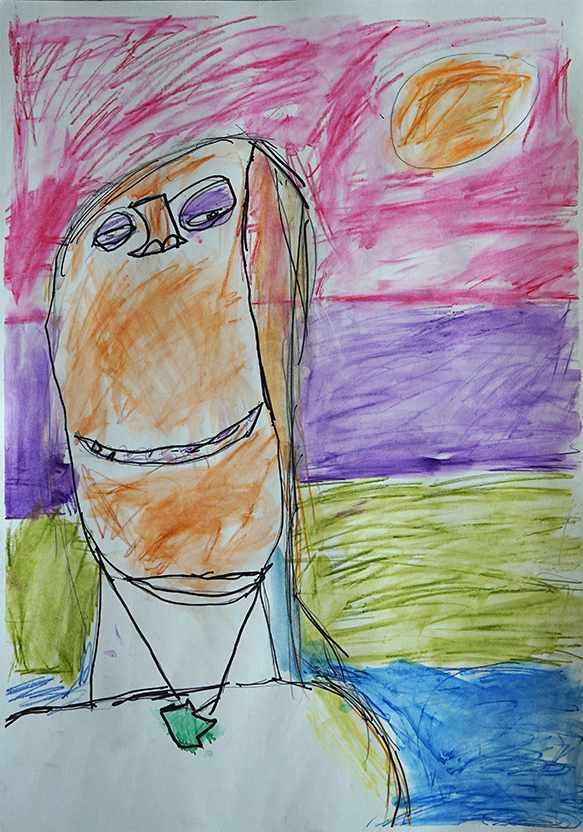
Image: Maggie’s World 1 by Alex Finan-Jenkin

Image: The Flower Seller by Mary Sanderson
Context: From the husband of woman who experienced stroke
“My wife suffered a stroke in 2011, and has suffered the consequences of limited mobility and certain cognitive issues.
She came to Māpura Studios, to learn painting, this was something she had wanted to do before her stroke but never managed to get to. The impact that these art classes have had on her is enormous. It has given T a huge boost in confidence as well as a sense of accomplishment. The spin off from this is that she now has a very clear sense of purpose, compared to the person she was, that was wondering what the point of her life was.
I cannot express enough how well Māpura Studios has operated to help and develop T, not only her skill and creative practice, but her self-esteem and confidence, she is like a new person.
Māpura offers an invaluable service to the community of stroke patients and their families, I have seen other people with varying disabilities and cannot talk for them, other than to say I spoke to and saw the reactions of students at last year ‘s exhibition, and the pride which was on show was equal to the quality of the work.”
Context: Participant on stroke art therapy programme
“(since my stroke) I have been analysing, thinking about who I was before my stroke, an internal self-diagnosis kind of. But so much has changed not just physically but mentally, that I am not entirely sure who I was before my stroke.
I found that working with the different mediums in the art class helped me to explore these things but instead of doing it internally, I was able to put it on paper. It was huge, it was a catharsis, it felt brilliant, I wouldn’t have missed art class for anything. I would have had to have been near death to miss it…”

Image: Taranaki Fence by Deirdre Parr

Image: Beyond te Paewai o te Rangi by Tristan Rosevear
Context: Participant on stroke art therapy programme
“I want to add that the programme saved my life. Being given the opportunity to talk and be supported and heard about my experience of having a stroke and life post stroke was vital for my healing…the facilitator used the word acceptance… our collective breaths were held and we, including me, were all clearly not up for accepting that our lives were going to be as they were.
Remember some could not talk or walk very well. After a lively sharing I believe I agreed that I could accept that I had had a stroke and that I am a work in progress…after the stroke I had no picture of my future, but I do now and this is in part a result of the work done at Art Therapy….”

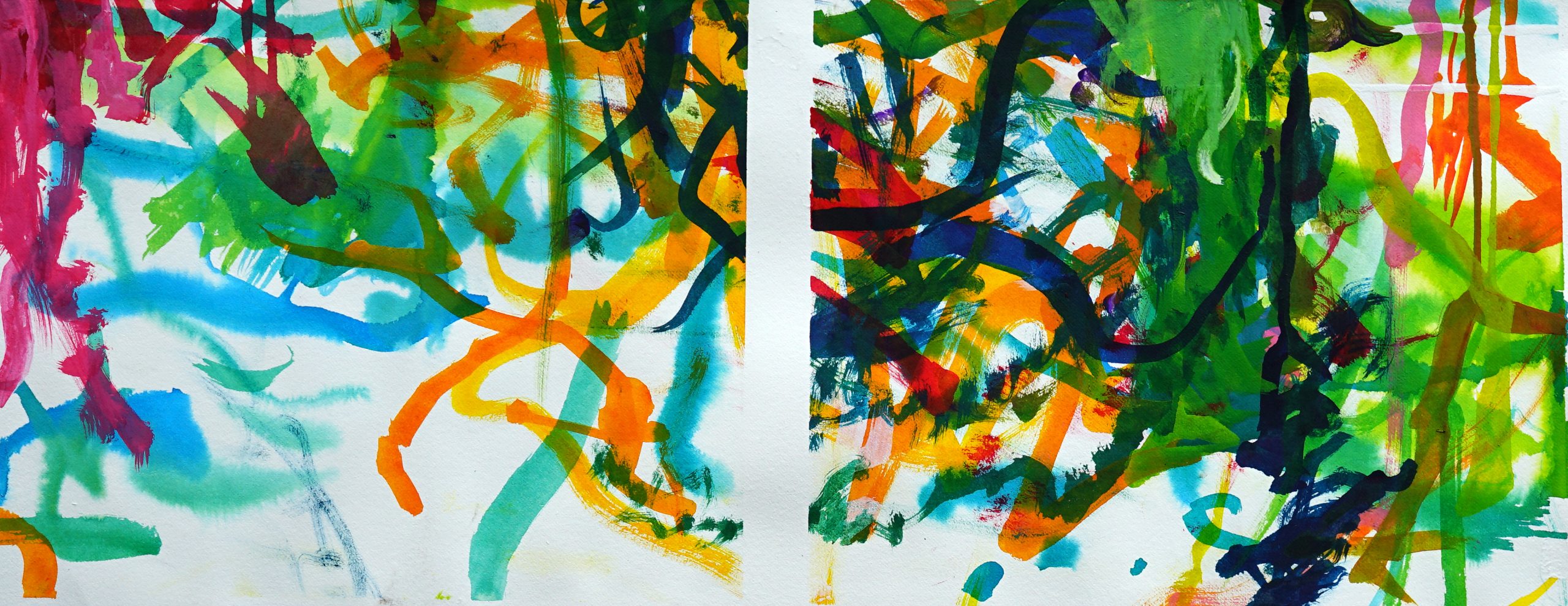



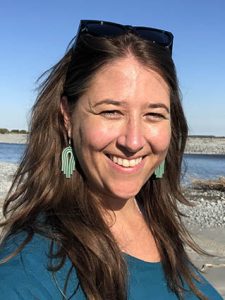
 Diana McPherson
Diana McPherson
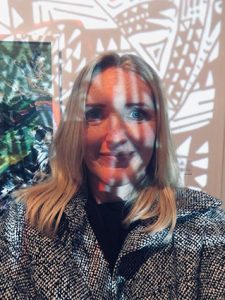

 Alex McPherson
Alex McPherson
 Cath O'Brien
Cath O'Brien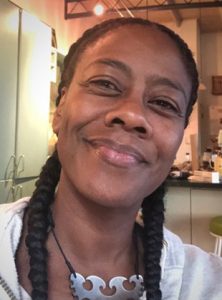 Alvie McKree
Alvie McKree
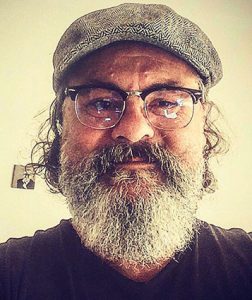
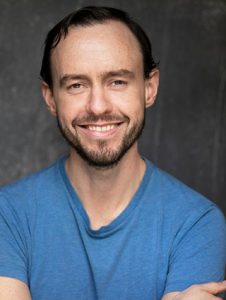 Daneil (Dan) Cunningham
Daneil (Dan) Cunningham
 Allyson Hamblett KSM
Allyson Hamblett KSM

 Emilia Rubio
Emilia Rubio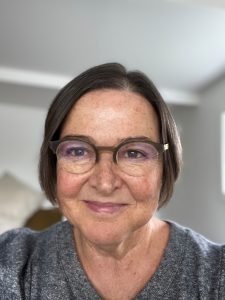 Jane Bawden
Jane Bawden
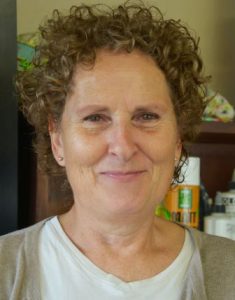


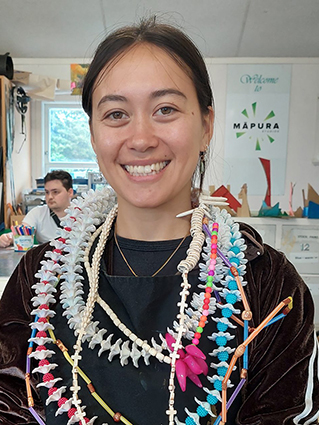




 Xu
Xu


 Chloe Mao
Chloe Mao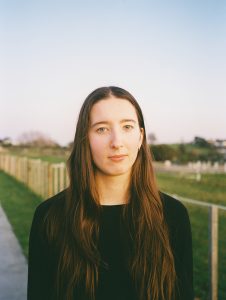 Gabrielle Stoddard
Gabrielle Stoddard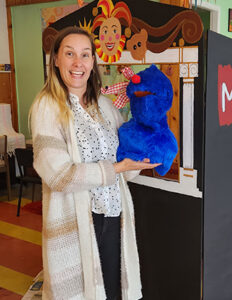

 Monari Falepeau
Monari Falepeau Merrin Fagan
Merrin Fagan


